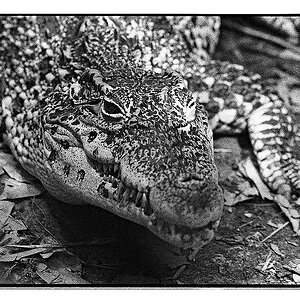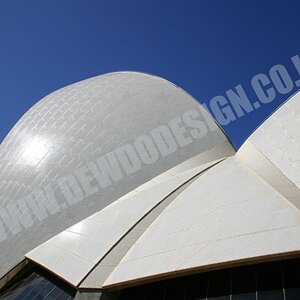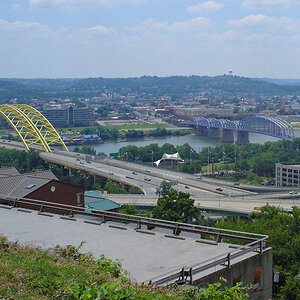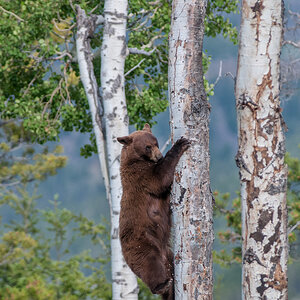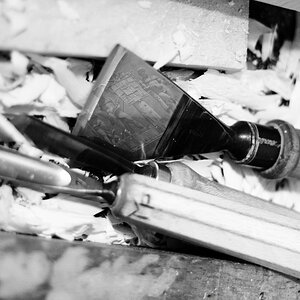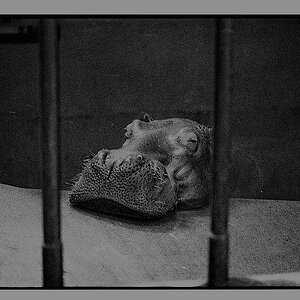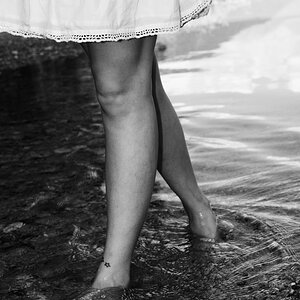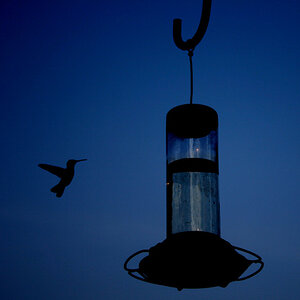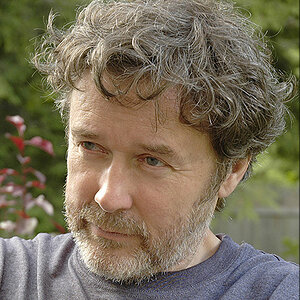snapsnap1973
TPF Noob!
- Joined
- Jan 18, 2013
- Messages
- 147
- Reaction score
- 4
- Location
- Portland, Maine
- Can others edit my Photos
- Photos NOT OK to edit
On my D3200 (Nikon_) there's a button on top with a + and a -. This is the exposure compensation button correct?
In order to compensate the exposure though you either have to change the aperture or the exposure speed correct?
For example, when I hold down the exposure comp. button and use the wheel on back of my D3200 I change the shutter speed.
I thought though that the exposure compensation button change the gain of the sensor?
confused.
In order to compensate the exposure though you either have to change the aperture or the exposure speed correct?
For example, when I hold down the exposure comp. button and use the wheel on back of my D3200 I change the shutter speed.
I thought though that the exposure compensation button change the gain of the sensor?
confused.


